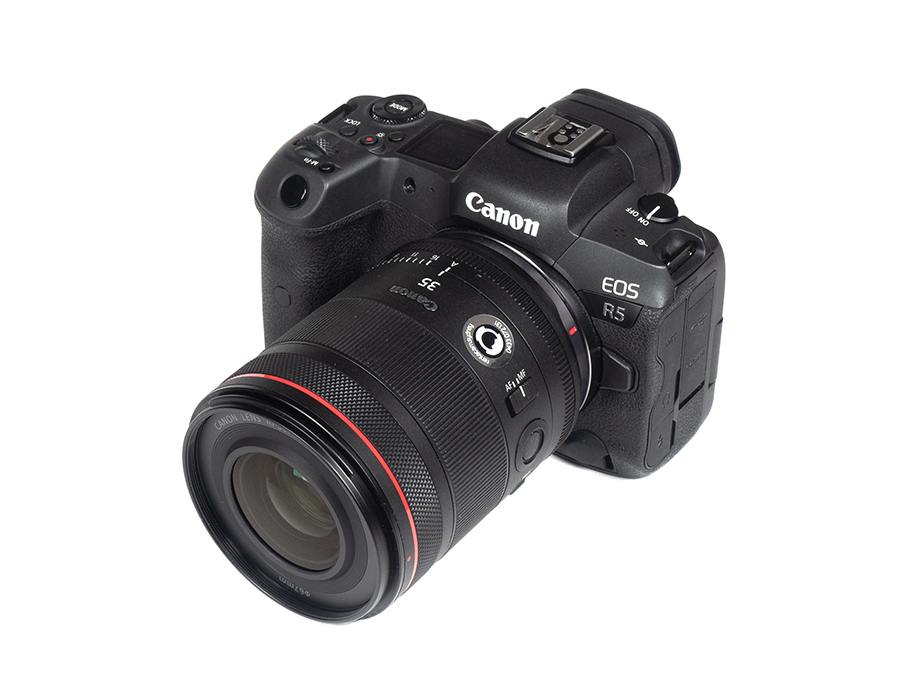
The Canon RF 35mm f/1.4 L VCM fills another gap in its R-mount lens lineup. Obviously, this is a moderately wide, ultra-fast prime lens targeting their professional user base. Consequently, it’s not surprising that it’s on the pricey side at $1500 USD and a whopping 1900 EUR. That’s quite a Canon tax at least for fans in the EU, so let’s see whether the performance can match the price tag.

In terms of build quality, the Canon lens strikes a nice balance between being comparatively lightweight and maintaining excellent build quality for professional use. The lens body is made of high-quality engineered plastic based on a metal mount. Weather sealing has been incorporated, of course. As usual for most Canon lenses, there’s a configurable control ring at the front with a smoothly turning focus ring behind. A permanently declicked aperture ring also made a comeback here (it can’t be used for still photography in some cameras, though). A petal-shaped lens hood is part of the package.
While the focal length and aperture specs are interesting, there’s something standing out in the lens name – “VCM”. It’s the first Canon lens featuring a “Voice Coil Motor” – combined with a Nano-USM. According to Canon, the high-thrust VCM actuates the heavy focusing lens group, while the Nano USM actuates the lightweight floating lens to deliver extremely fast, reliable and quiet autofocus. This works perfectly, as you may expect. There is one caveat that may affect a few older users – the VCM emits a low-level magnetic field. Canon advises that if you have an implantable cardiac pacemaker or other medical device, you should consult your doctor before using this product. That’s another first, I reckon. Manual focusing is done by wire, and it’s very smooth and precise. Important for video makers is the minimal focus breathing. An image stabilizer has not been implemented this time.
| Specifications | |
|---|---|
| Optical construction | 14 elements in 11 groups (2x UD, 2x GMo aspherical) |
| Number of aperture blades | 11 (rounded) |
| min. focus distance | 0.28m (max. magnification 1:5.55) |
| Dimensions | φ99.3 x 76.5mm |
| Weight | 555g |
| Filter size | 67mm |
| Hood | barrel-shaped (bayonet mount, supplied) |
| Other features | Focus Breathing Control, Aperture ring, aperture ring, aperture lock, floating system, function button, rear filter holder |
Distortions
The camera menu for aberration control has a disabled distortion option, which already suggests that the RF 35mm f/1.4 L VCM isn’t fully corrected. In RAW images, you can spot a barrel distortion of just under 4%. This isn’t terrible, although certainly not impressive for a 35mm prime lens. Image auto-correction does handle the issue nicely, with no distortion to speak of.
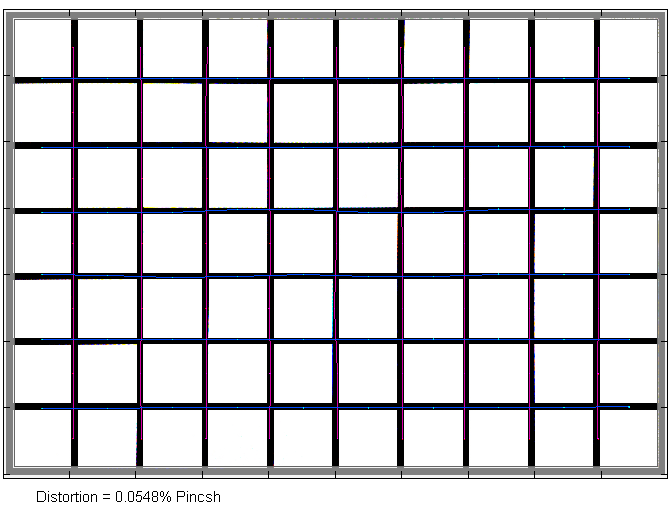
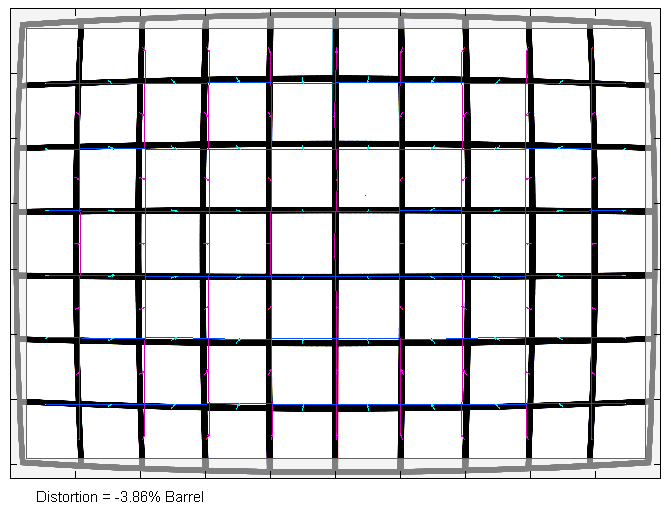
Vignetting
Uncorrected images also suffer from high vignetting, which exceeds 3.5 EV (f-stops) at f/1.4 – that’s beyond our usual scale in this category. Stopping down to f/2 reduces this, but really acceptable levels are only reached from f/4 onward.
Activated auto-correction shaves off 2.4EV (f-stops) at f/1.4, and the light falloff is mostly gone by f/2 in the case already.

MTF (resolution) at 45 megapixels
While the Canon RF 35mm f/1.4 L VCM doesn’t reach noteworthy achievements in the previous chapters, the image resolution does certainly stand out in a very positive way. The center performance is already excellent at f/1.4, and it exceeds the sensor resolution in the f/2 to f/4 range. The near-center performance is also very impressive. Unsurprisingly, the extreme corners aren’t quite as sharp at f/1.4 but they are still good to very good. Stopping down lifts their quality to very good levels from f/2 onward already. The outstanding peak performance is reached between f/2.8 and f/4. Diffraction has a higher impact from f/11, as usual.
The field curvature is minimal. The centering quality of the tested sample was Okayish, but it could have been better on the right image side.
Please note that the MTF results are not directly comparable across the different systems!
Below is a simplified summary of the formal findings. The chart shows line widths per picture height (LW/PH) which can be taken as a measure of sharpness. If you want to know more about the MTF50 figures, you may check out the corresponding Imatest Explanations

Chromatic Aberrations (CAs)
Lateral CAs have an average width of around 1px at the image borders. This is slightly higher than expected from such a pricey lens, but it’s far from a dealbreaker – lateral CAs can be easily auto-corrected.

Bokeh
Chances are that if you are interested in such a lens, you aren’t just going in for superior sharpness but also in a nice bokeh quality in shallow depth-of-field scenes, so let’s check how the Canon lens renders out-of-focus zones.
Out-of-focus highlights are quite nicely rendered for a moderately wide prime lens. The inner zone of the discs is relatively clean, with just a hint of onion rings produced by the aspherical elements. There’s only a tiny bit of an outlining effect at the edges of the discs.

When looking at the rendering across the whole image field, we can spot a fairly “early” deterioration from the circular shape. Corner highlights show a distinctive “cat eye” effect. Stopping down to f/2 starts to correct the shape, and the corner highlights are mostly restored from f/2.8.
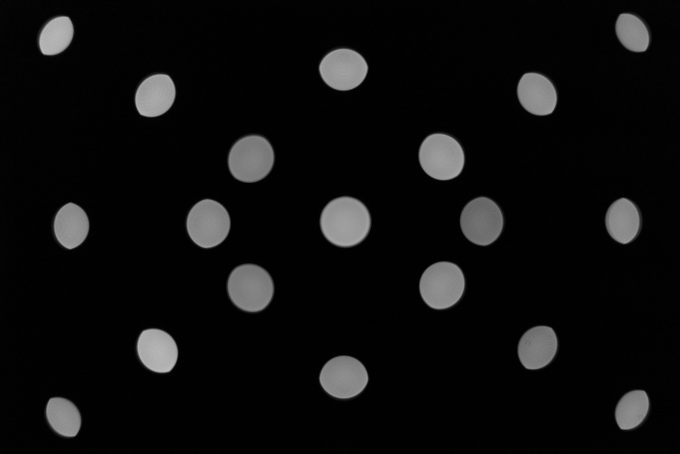
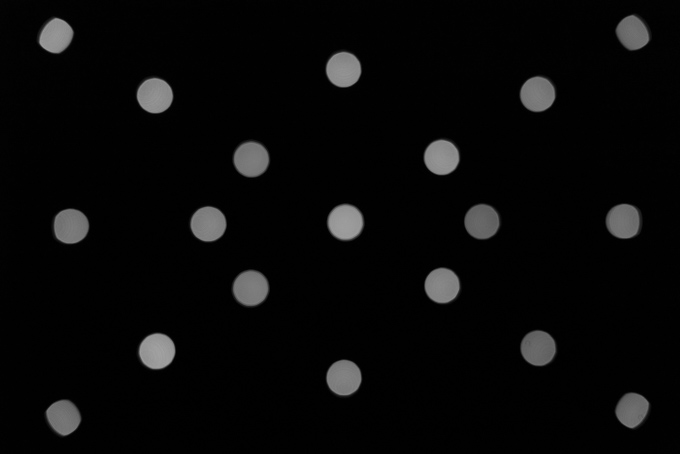


The rendering in the focus transition zone is a bit mixed. The more critical image background is very smoothly rendered, whereas the foreground bokeh is very rough in comparison.

Bokeh Fringing / LoCA
LoCAs, or bokeh fringing, is a color fringing effect on the Z-axis. It shows up with a purplish tint in front of the focus point and a greenish tint behind – and it’s nearly impossible to fully correct in post.
While the Canon RF 35mm f/1.4 L VCM features 2 UD elements, this isn’t quite enough to handle this aberration, as you can see below. The fringing is very obvious at f/1.4 and it’s reduced the more you stop down. At f/4, the LoCAs are mostly gone.
When scrolling through the aperture range below, you may also spot something else – a focus shift towards the rear. Or in other words – the lens suffers from “Residual Spherical Aberrations” (RSA). Canon has taken this into account in their AF algorithms, but they can be very noticeable in manual focus mode and close focus distances.
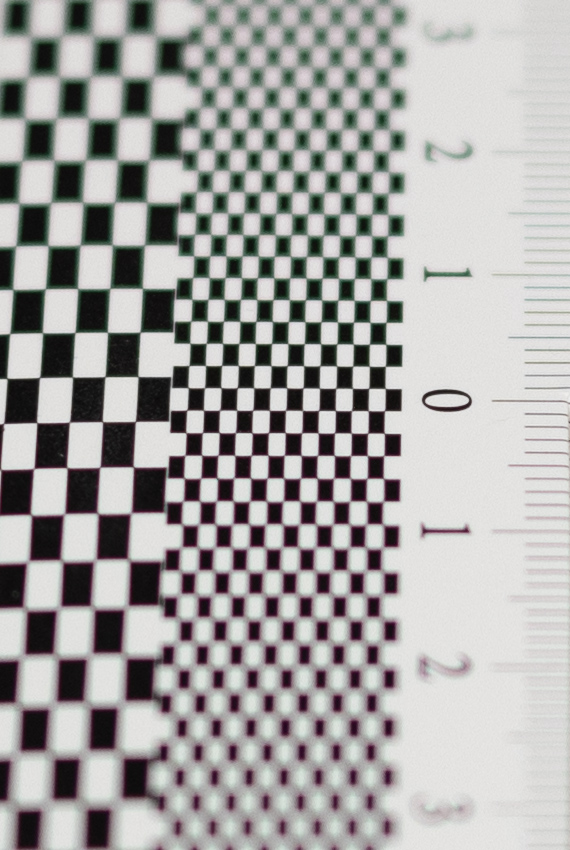
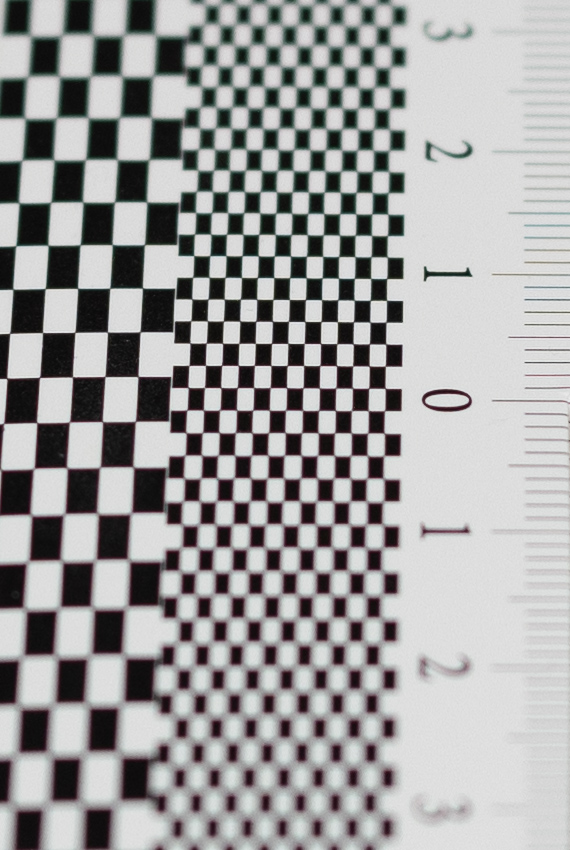

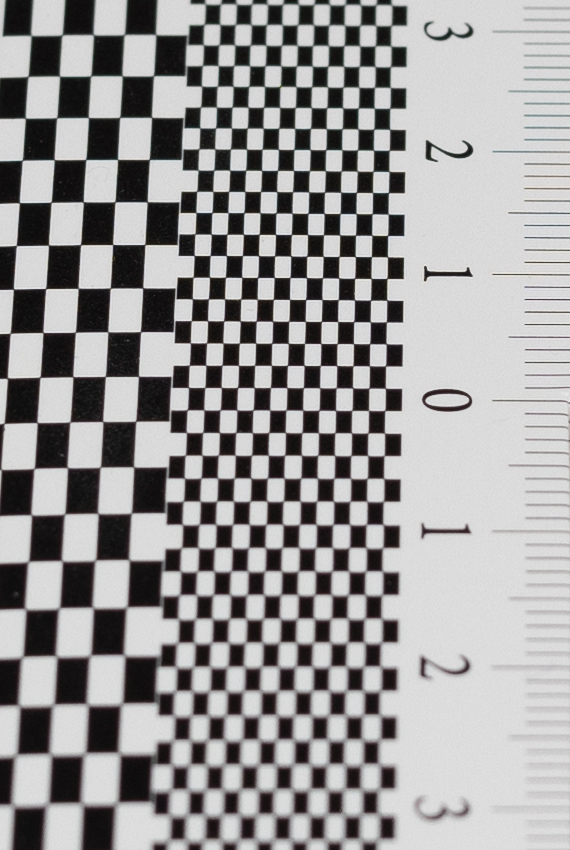
Flare
The image below shows a rather extreme test shot to determine flare. Of course, you won’t really take such a shot in real life, but it illustrates that the Canon lens is quite resistant to such contra light scenes. There’s just a minor amount of ghosting, and there is only the usual fringing effect around the sun. This is better than most lenses in this respect.

Sun Stars
Canon incorporated no less than 11 rounded aperture blades to optimize the bokeh as much as possible. However, by doing so, they sacrificed the sun star rendering. There aren’t really any “usable” rays from f/1.4 to f/8. However, the sun star effect is quite usable at f/11, with the best results at f/16 (at the cost of image sharpness, then)

Sample Images
The performance of the Canon RF 35mm f/1.4 L VCM is a bit difficult to summarize into a single figure. If image sharpness is what you value the most, this is certainly a lens for you. It's sharp at f/1.4 already and downright superb from f/2 to f/8. It's also resistant to flare, and auto-correction does a good job of correcting vignetting and distortion. The lens does, however, rely heavily on a correction profile to achieve this, which is a bit disappointing for a $1500 USD lens. The correction profile doesn't help with the high axial CAs, and the focus shift is a bit of a concern in manual focus mode, at least. The quality of bokeh is good for such a lens.
In terms of build quality, it lives up to its L-designation. Like most other L-class lenses, the outer shell is made of high-quality engineered plastics. The control rings operate smoothly, and there's, of course, some weather sealing. Canon creates a lot of buzz around the new VCM (Voice Coil Motor), and yes, it's super fast and noiseless but that's a baseline expectation for a lens in this price class. However, the VCM does come with a bit of a rattle when you shake the lens (if you are into this). This isn't unusual for this type of AF motor, though. Important for videographers is the very low-focus breathing.
As always with Canon, if you want an ultra-fast 35mm R-mount lens, this is what you've got. There are no alternatives from third-party manufacturers. If you can afford Canon L glass, this doesn't really matter and the Canon RF 35mm f/1.4 L VCM is certainly a desirable lens with just a few caveats.
-
Optical Quality
-
Build Quality
-
Price / Performance

